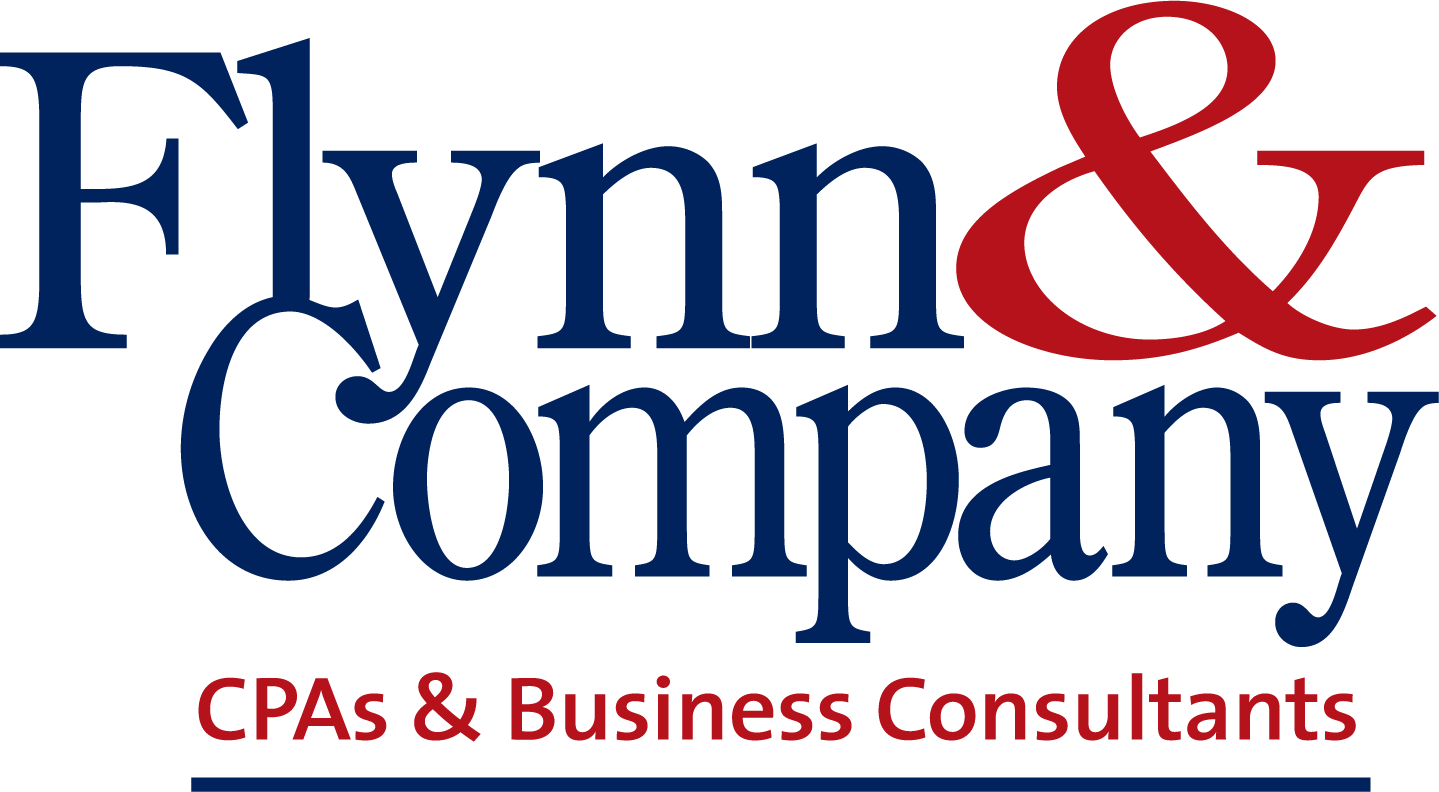3401(a) Wages - A Guide for Employers

If you run a defined contribution retirement plan for your employees, each employee can only have a certain amount of additions per year. The additions include employee contributions and employer matches as well as certain other types of additions, but they don't include rollovers or catch-up contributions.
The addition limit is based on government thresholds and employee compensation levels. However, the way you define compensation can vary. You must define compensation in your plan documents, and you must track additions to ensure that they follow your definition of compensation and stay under the threshold. Here is an overview of what you need to know.
Key Takeaways
- Defined contribution retirement plans have annual addition limits.
- The contribution limits are based on compensation levels and IRS thresholds.
- The definition of compensation in a retirement plan is called 415 compensation.
- The IRS allows plans to define 415 compensation in four different ways.
- 3401(a) compensation is one option for 415 compensation.
- W2 wages are another option for 415 compensation.
- The other two options are slight variations from 3401(a) wages and W2 income.
- 3401(a) compensation is similar to W2 compensation with some exceptions.
What Are 3401(a) Wages?

Section 3401(a) wages refer to all compensation subject to federal income tax withholding at the source of compensation. This includes wages, salaries, bonuses, tips, commissions, and similar types of wages. It also includes taxable fringe benefits.
Named after the legal code that defines these wages, 3401(a) wages are also called paystub wags. That is because these wages appear on your pay stub. These wages do not include certain types of compensation that appear on the annual Form-W2 (Wage and Tax Statement) but not the paystub.
Section 3401(a) wages can be an alternative safe harbor definition of compensation. That means that you can use this definition of wages when calculating the maximum amount that employees can contribute to their retirement plans or when determining other compliance-related limits.
What Is 415 Compensation?
Section 415 compensation is the definition of compensation in a defined contribution retirement plan. There are four different ways to calculate 415 compensation, but generally, it refers to W2 or 3401(a) compensation. The 415(c) limit is the maximum amount of annual additions that plan participants can make.
The annual addition limit varies based on the participant's income and the thresholds established by the IRS. For example, in 2023, annual additions cannot exceed the lesser of 100% of the participant's compensation or $66,000. For example, if someone's 415 compensation is $100,000 per year, they can have $66,000 in addition to their retirement account. In contrast, if their 415 compensation is $30,000, that would be the maximum for their annual additions.
To ensure that participants stay under the 415(c) limit, your plan administrator needs to prepare a 415(c) allocation schedule for every participant. If you work with a service provider, you should double-check that they are taking this step. Annual additions include pre-tax and after-tax elective salary deferrals, after-tax employee contributions, employer matching contributions, employer profit-sharing contributions, and forfeitures allocated. It does not include catch-up contributions, rollover contributions, or loan repayments.
415 Compensation vs W2
W-2 wages refer to all compensation shown on an employee's W2 form. In contrast, 415 wages are the wages used to calculate 415(c) limits and allocations in retirement accounts. Defined contribution retirement plans can define 415 compensation in four different ways.
They can use W2 wages, which can be modified to include moving expenses reimbursed by employers. Note that the rules may vary depending on deductibility for the employee and whether you're using an accountable or non-accountable plan.
They can use Section 3401(a) wages which are similar to W2 wages with a few notable exceptions. They can use a simplified method that excludes certain types of compensation normally paid to high-income earners. Finally, they may opt to use statutory IRC Section 415 compensation which includes all taxable income compensation such as salary, commission, bonuses, and taxable fringe benefits, but doesn't include nontaxable fringe benefits, worker's compensation, and non-taxable group term life insurance.
3401(a) Compensation vs. W-2 Compensation
W2 compensation refers to all compensation shown on an employee's W2. In contrast, 3401(a) wages refer to all compensation that appears on an employee's pay stub. When you're working with a defined contribution retirement plan, you can use either of these categories of compensation when calculating employee addition limits.
The main difference between W2 and 3401(a) wages is that does not include distributions from non-qualified plans, non-statutory stock option income includable in the year of excise, income realized when section 83(c) property becomes freely transferable, tips under $20 per month, and the taxable cost of group-term life insurance in excess of $50,000.

Bottom Line
You can choose the optimal type of compensation to use as 415 compensation in your retirement plan. For a lot of employers, the best choice is 3401(a) wages, while others prefer using W2 wages. As indicated above, there are two other options that are slight hybrids of these two.
Regardless of how your plan defines compensation, make sure that you review your pay codes regularly and ensure that you include and exclude income appropriately based on your plan documents. You should also review employee additions annually, and if they exceed the allowable threshold, you will need to correct the issue through distributions or by forfeiting employer profit-sharing contributions as applicable to the situation.
At Flynn & Co, we understand the challenges of running a business and handling your personal finances. Whether you're trying to reduce labor costs, optimize passive activity losses, or prepare your small business tax return, we can help you out.
We leverage our extensive experience to offer financial accounting and advisory services tailored to the unique needs of our clients. To learn more about how we can help you with your personal or business finances, contact us today.





